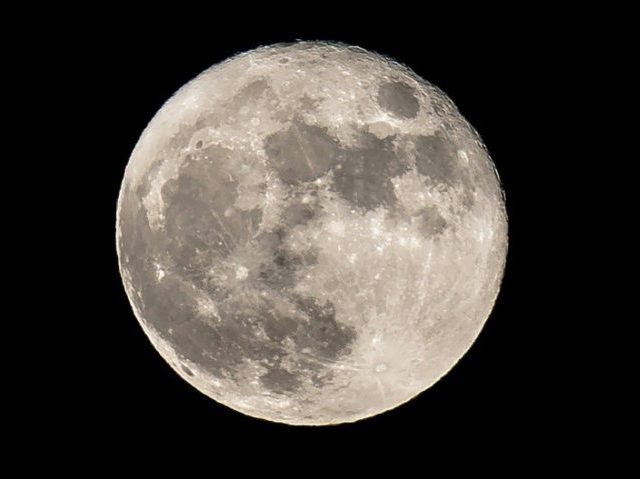Moon Express, the first commercial company to win Federal Aviation Administration (FAA) approval to travel beyond Earth’s orbit, announced that it has raised enough money for its first launch later this year to begin mining on the moon.
The moon contains a trillions of dollars of easily minable iron ore, rare Earth minerals, precious metals, hydrogen, nitrogen and carbon; plus vast amounts of helium-3 gas that could power clean nuclear fission reactors without generating radioactive waste.
The race to reach the moon first is crucial for business wildcatters. But because there currently is no regulatory framework for a commercial space missions to another planet, MoonEx negotiated with the FAA, the State Department and the White House in August to acquire what they referred to as a regulatory patch approval for a moon launch.
The FAA described the company’s MX-1E multi-purpose spacecraft/lander as “capable of transfer from Earth orbit to the moon, making a soft landing on the lunar surface, and performing post-landing relocations through propulsive ‘hops.’”
Co-founder and Chairman Naveen Jain of the Cape Canaveral-based company just announced on the MoonEx website that by raising $45 million, including $20 million in their latest round, MoonEx is now fully funded for a 2017 drone mining vehicle to the moon.
“That money will go toward launching Moon Express’s MX-1E lander, which will explore and take pictures of the moon’s surface after launching on an experimental Electron rocket.” He added, “In the immediate future, we envision bringing precious resources, metals, and moon rocks back to Earth.”
MoonEx also seems to be angling to mine the massive amounts of water ice trapped on the lunar poles that can be used as fuel depot station for galactic space exploration.
Breitbart News recently noted that SpaceX CEO Elon Musk talked about the importance of mid-journey refueling at a September speech he gave to the International Astronautical Congress in Guadalajara, Mexico, titled “Making Humans a Multiplanetary Species.”
Musk emphasized that that there are four innovative features of the SpaceX mission to Mars: the reusability of ITS boosters and refueling tanks; refueling in orbit; producing propellant on Mars; and plans to use a more optimal propellant like super-cooled methane. Collectively, Musk believes these four features could push costs as low as $200,000 per person, or about $20 billion for the mission.
Musk’s keynote speech claimed that the funding for his Mars mission could be financed from SpaceX’s own profits and financing platforms like Kickstarter. He added that the private sector rush to colonize the moon and other planets could kick off the greatest land rush since the 1862 Pacific Railroad Act, which chartered the Central Pacific and the Union Pacific Railroad Companies to build a transcontinental railroad linking the United States from east to west within 25 years.
The rail project was completed in seven years as the companies raced, building track to capture the greatest amount of 10-mile alternating sections of real estate along all the railway they completed. As a measure of the spectacular economic stimulus of the Transcontinental Railroad, the cost of cross-country travel dropped from $1,000 prior to the completion in Promontory, Utah on May 10, 1969, to just $150 dollars.
MoonEx has entered Google’s Lunar Xprize competition, which is offering a $20 million prize to successfully place a spacecraft on the moon’s surface, $5 million for having a rover travel 500 meters, and $5 million for transmitting high-definition video and images back to earth by the end of 2017.

COMMENTS
Please let us know if you're having issues with commenting.